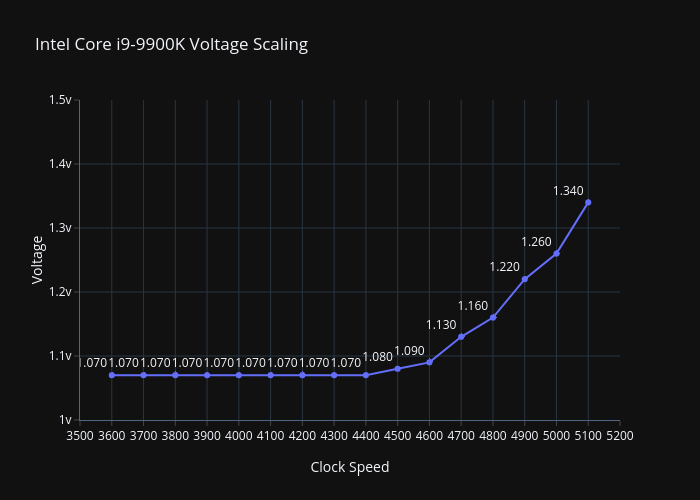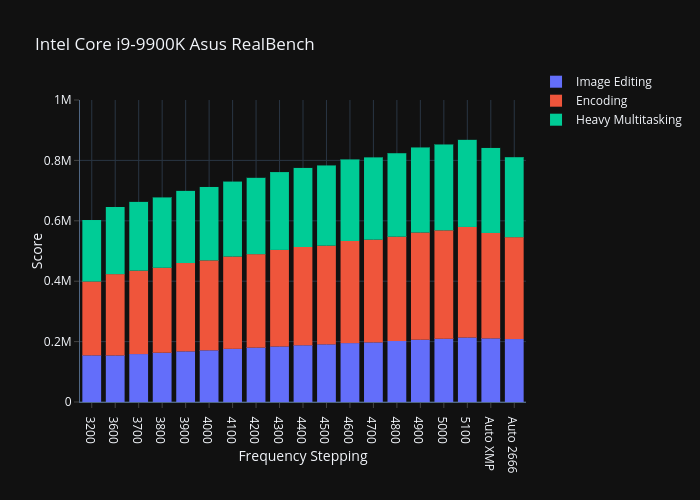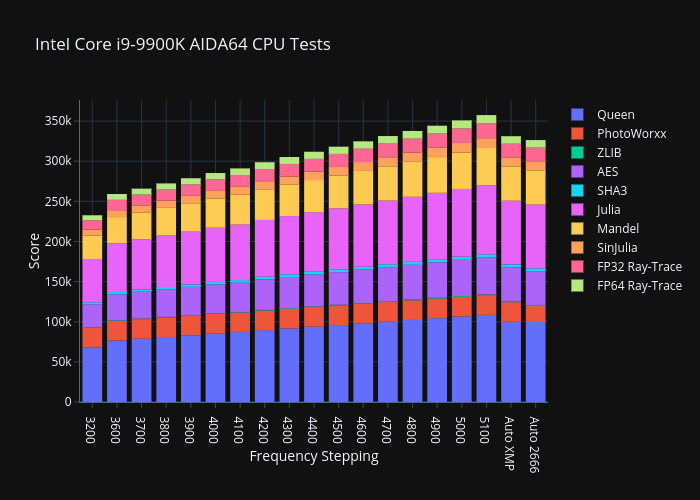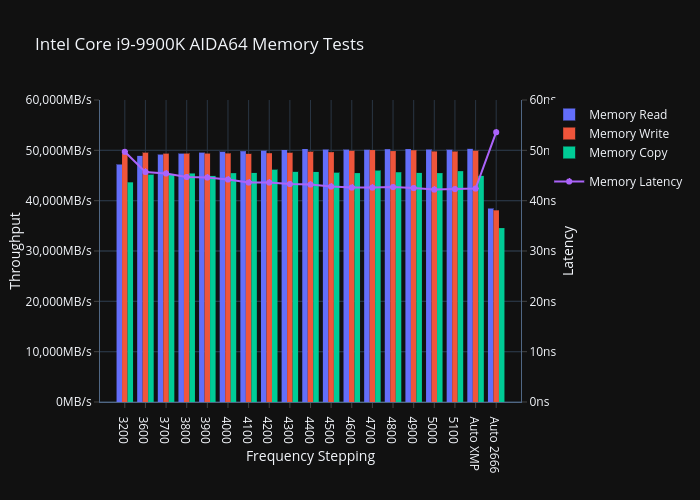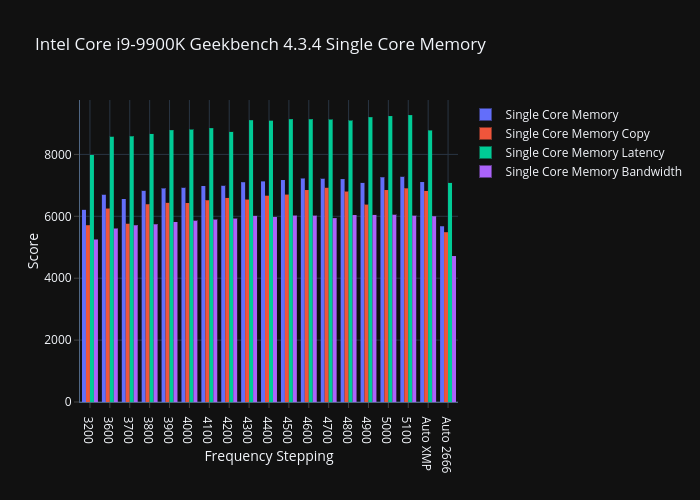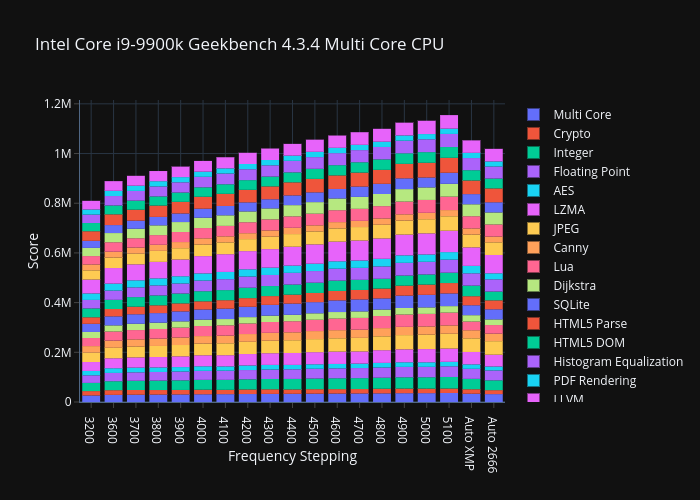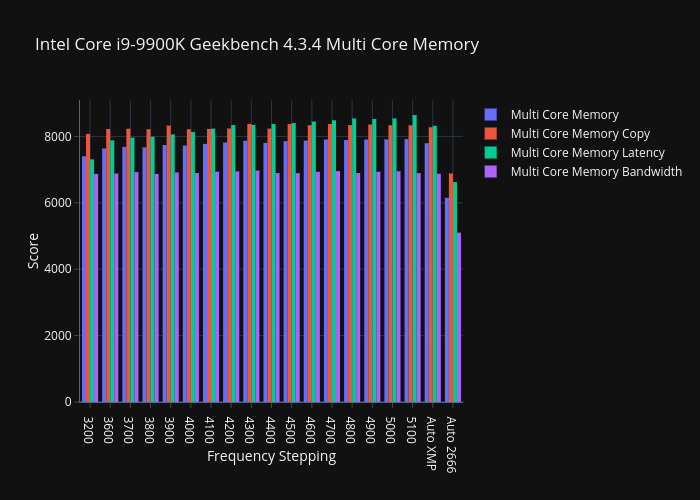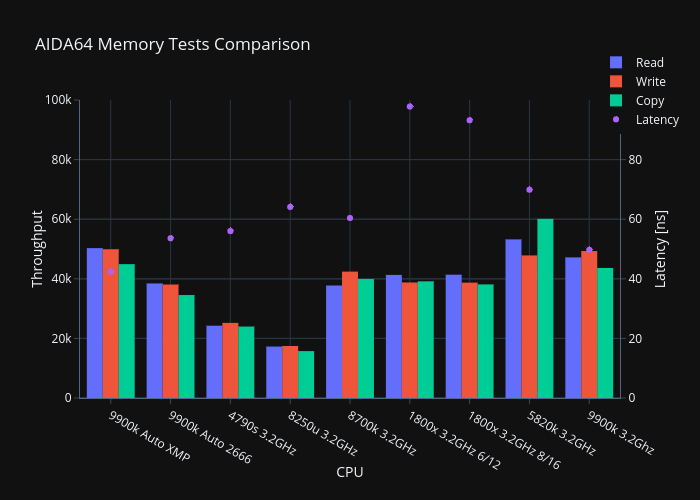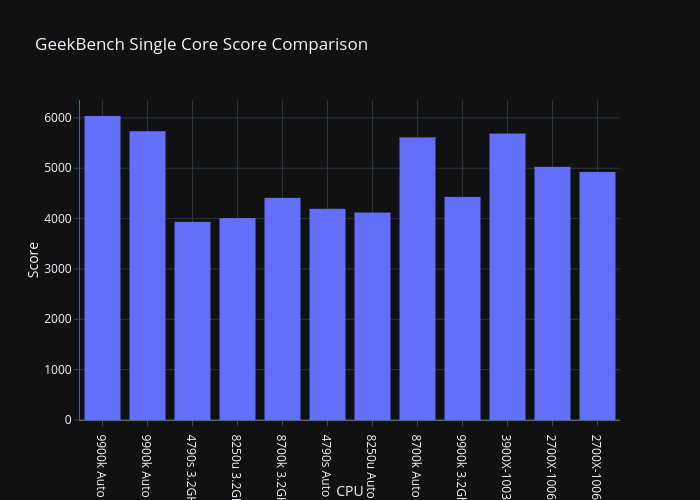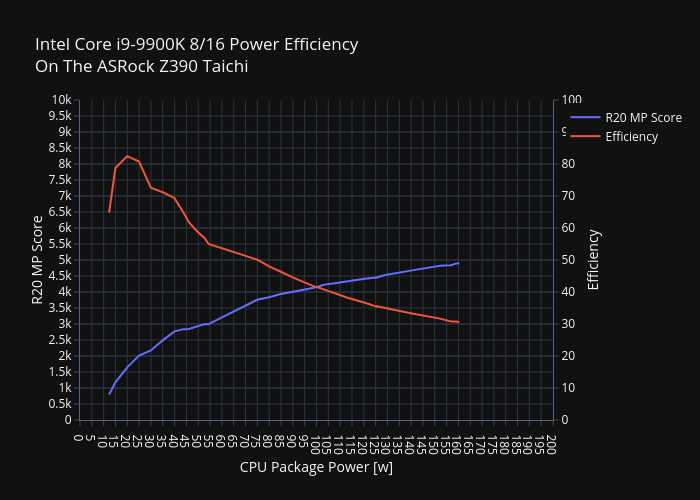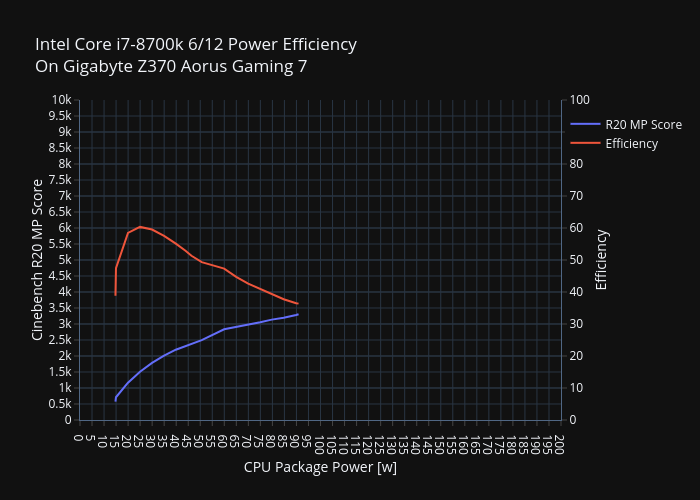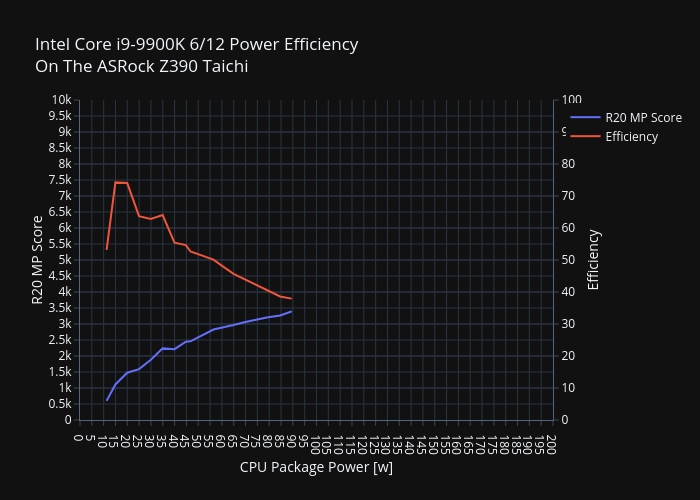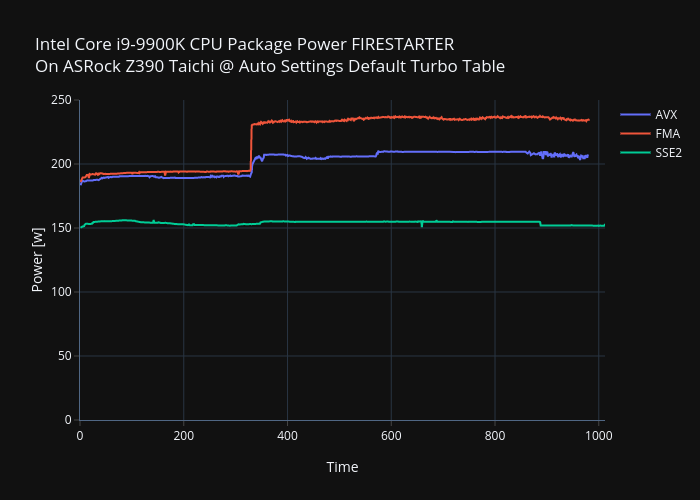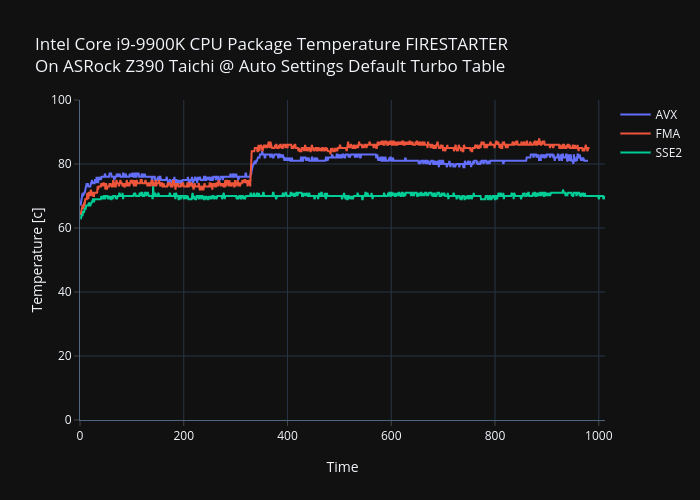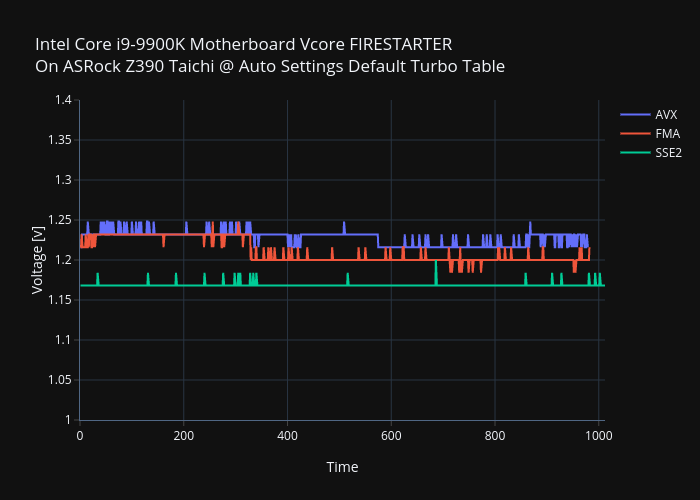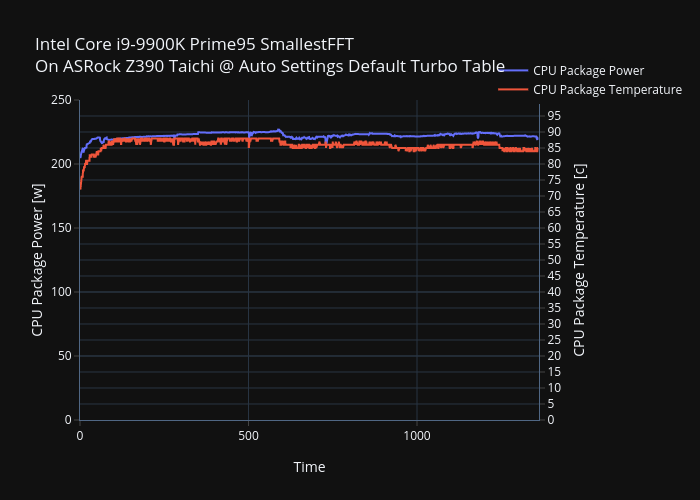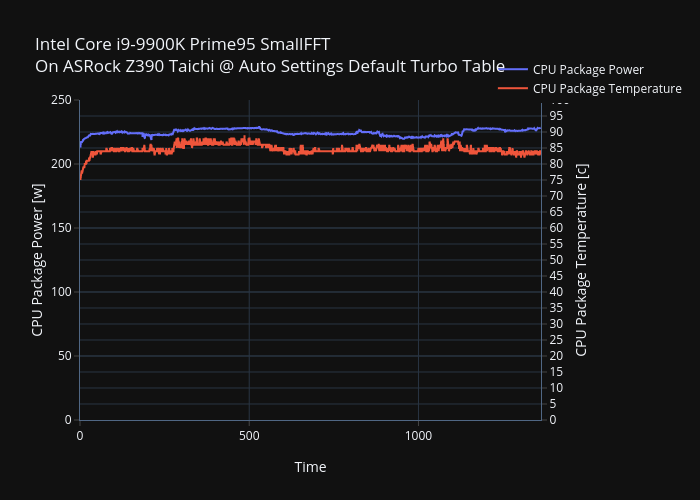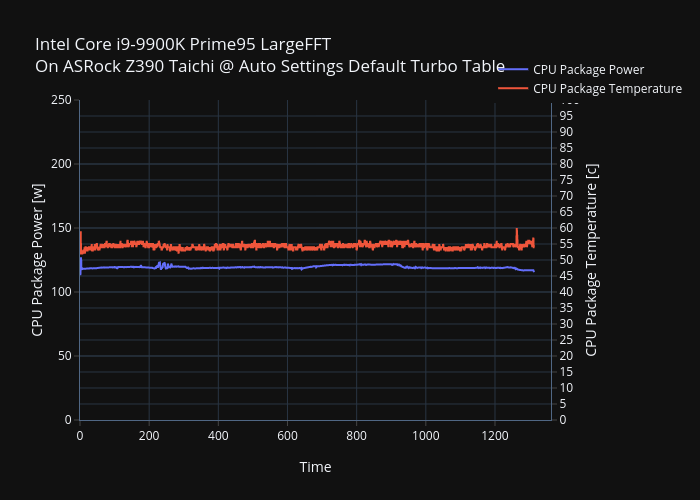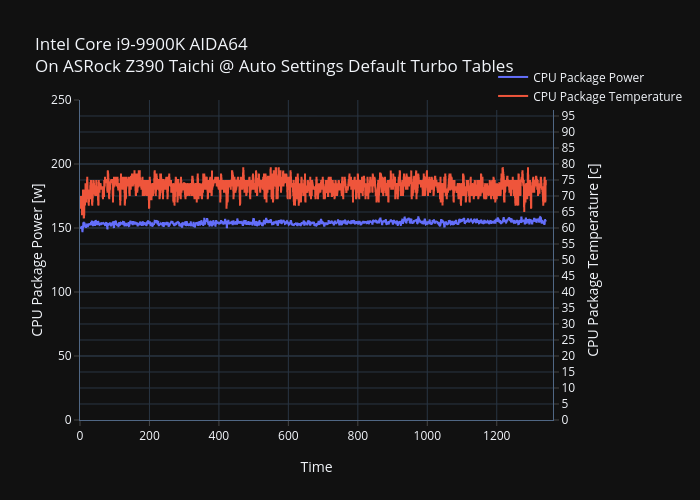The Intel Core i9-9900K Review
Published:
by:
Jack 'NavJack27' Mangano
Last Updated:
Estimated reading time: ~7 minutes
Reader Note
This will be a rolling update page so check back frequently for new additions! Click here for the latest version of the raw data!
The Intel Core i9-9900K
Please throw some money my way either directly VIA PayPal or with my Ko-Fi maybe don’t do my Patreon until I fully set it up.
First off, I need to give a big thank you to Intel for providing a majority of the hardware used in this review. Without them this wouldn’t be possible until the 9900K would have faded even further into irrelevance. Don’t think for a second that I’m going to go easy on Intel just because they sent me some hardware, I mean, this is a costly, beastly and power hungry 8 core processor in a new land of efficient Zen 2 hardware.
Well that is what I’m going to find out. I’ve had nothing but good times with my personally purchased 8700K. Before that CPU I had the 5820K but at around the same time I had that CPU I also purchased the 1800X at launch… That hardware relationship didn’t last long at all. I found nothing but problem after problem with that CPU and it was a major downgrade for me. From what I’m hearing about Zen 2 and the desktop Ryzen 3000 series it seems to be a mixed bag of growing pains but tons of potential. Obviously if AMD would have sent me any of the current line up to test, I’d have been all over it. With the way things are right now I just have to make do with what desperate ol’ Intel decided to throw at me.
Ok, enough throwing sarcastic shade. Let’s break down what I’ve got on the testing block!
Setup
The Hardware
- Hardware Provided by Intel
- (What we’re testing) Intel Core i9-9900K
- SRELS - L907C559 E4 - P0 Revision
- Noctua NH-D15
- ASRock Z390 Taichi
- Using P4.10 BIOS
- G.Skill Trident Z RGB F4-3466C16D-16GTZR
- Samsung 970 EVO Plus 250GB NVMe
- Fractal Design Define S2
- Seasonic 850w Focus Gold
- (What we’re testing) Intel Core i9-9900K
- My Personal Hardware
- EVGA RTX 2080Ti XC Black
- PNY CS1311 960GB SSD
- SanDisk Ultra II 480GB SSD
The Tests
First, I’m going to start off with my usual voltage scaling tests to find the minimum voltage required to run all the benchmarks. Those benchmarks are:
- Asus RealBench – 6 passes
- Cinebench R15 - 6 passes MP 1 pass SP
- Cinebench R20 - 6 passes MP 1 pass SP
- AIDA64 - 3 passes
- GeekBench 4.3.4 - 1 pass
- Passmark PerformanceTest - 1 pass
The Testing Results
Intel Core i9-9900K Voltage Scaling
Every test was able to be run with these voltages on this 9900K. For stabilities sake I’d add 0.020v to each one if you want to be totally sure you’ll be stable.
NOTE: These voltages are only what were required for running the benchmarks below and are not indicative of voltages you might require for power virus stability tests.
Asus RealBench 2.43
Cinebench R15 & R20
AIDA64 Extreme Edition 6.00.5100
AIDA64 CPU Tests
AIDA64 Memory Tests
GeekBench 4.3.4
GeekBench 4.3.4 Single Core
GeekBench 4.3.4 Single Core CPU
GeekBench 4.3.4 Single Core Memory
GeekBench 4.3.4 Multi Core
GeekBench 4.3.4 Multi Core CPU
GeekBench 4.3.4 Multi Core Memory
Passmark PerformanceTest 9.0 Build 1031
Passmark PerformanceTest CPU Tests
Passmark PerformanceTest Memory Tests
Comparison Tests
AIDA64 Comparison
AIDA64 Memory
AIDA64 CPU
GeekBench Comparison
GeekBench Memory
GeekBench CPU
Sorry about the long names for the Ryzen results. I’ll think of more space friendly names in a later article update.
Efficiency Testing
This is a testing technique that SkyJuice in our discord came up with. Basically, it goes like this:
- Reset BIOS to default
- Open HWINFO & Log
- Run CB R20 2x
- Stop Log
- Note the CPU Package Power for the run
- Throttlestop set PL1 & 2 to noted W
- Log
- Run CB again 2x
- Stop log
- Throttlestop lower PL 1 & 2 by 5W
- Repeat until you hit 800mhz all core
When you get down to your base clock you will need to enable clamp mode on both PL values for the clock to go lower than the base.
To set up and clean up the logs I just go and remove all the rows that have less than 100% CPU usage along with that extra row at the bottom that has the headings in it.
The CPU Package Power is taken from the HWINFO64 logs by just selecting all the values and taking the average. Yes, it’s an average of an average, sue me! Same thing with the CPU Package Temperature and the clocks.
For the math parts of this whole thing it’s a simple score divided by GHz and a score divided by power.
8⁄16 Testing
9900K 8⁄16 On The ASRock Z390 Taichi
This was run using the stock turbo ratios.
6⁄12 Testing
8700K 6⁄12 On The Gigabyte Z370 Aorus Gaming 7
This was run using the stock turbo ratios.
9900K 6⁄12 On The ASRock Z390 Taichi
For this run I used the same turbo ratios as the 8700K.
Thermals
For thermal and power testing the room was kept to 73F/23C using a portable AC unit. The Fractal Design Define S2 had all its panels removed. There are two Fractal Design fans on the front for intake with one on the back for exhaust. The Noctua NH-D15 has both of its fans installed. All fans are at 100% speed.
FIRESTARTER
ASRock Z390 Taichi - CPU Package Power
ASRock Z390 Taichi - CPU Package Temperature
ASRock Z390 Taichi - Motherboard Vcore
Prime95
ASRock Z390 Taichi - SmallestFFT
ASRock Z390 Taichi - SmallFFT
ASRock Z390 Taichi - LargeFFT
ASRock Z390 Taichi - Blend
AIDA64
ASRock Z390 Taichi - AIDA64
Opinion and Conclusion
Time has passed since I first posted up this article and I think I can give a fair assessment of how I feel about it. I can come at this from multiple angles and I will do so under different headings so you can get a full organized picture.
Overclocker’s Perspective
This is basically a 8700K with two more cores and with the heat that comes with that. There is more cache but that is just what happens when you add two more cores, that cache comes with the cores. There have been minimal changes architecturally, but you still get the same tried and true performance that can be pushed to the same limits as an 8700K. You do get solder which I personally dislike but it seems like I’m in the minority with this.
Gamer Perspective
The 9900K is a great buy if you absolutely need the best gaming performance. If you are going to pair this with a 2080Ti there isn’t anything better. High refresh gaming loves this chip and you don’t even need to do anything special to squeeze out that performance. It very much is plug and play.
General User Perspective
Why are you even considering the 9900K? Save your money and get anything else. Any other Skylake will be just as fast in general purpose dicking around in Windows. In fact, GET A LAPTOP OR A TABLET!
Unfiltered Opinion (I’m not saying my opinions above were filtered per se)
If I had to give the 9900K a score out of 10 I’d give it a 6 or a 7. Zen 2 is out and the 9900KS will be coming in a couple weeks. If you want to torture yourself with attempting to cool the KS, go for it! If you are okay with being a glorified beta tester for dynamic turbo clocks, then go ahead and get a Ryzen 3000 series. If Intel wanted this CPU back, I would have no shame in moving back to my delidded 8700K with its copper IHS and liquid metal. Coffee Lake is just Skylake stretched to its absolute limits. The problem isn’t process node at this point, I think its just that Skylake isn’t meant for this kind of core count and frequency when overclocked. It’s not a bad processor! This is just a fast-moving transitional period for processors and Intel needs to reshuffle everything just for sanity’s sake.

